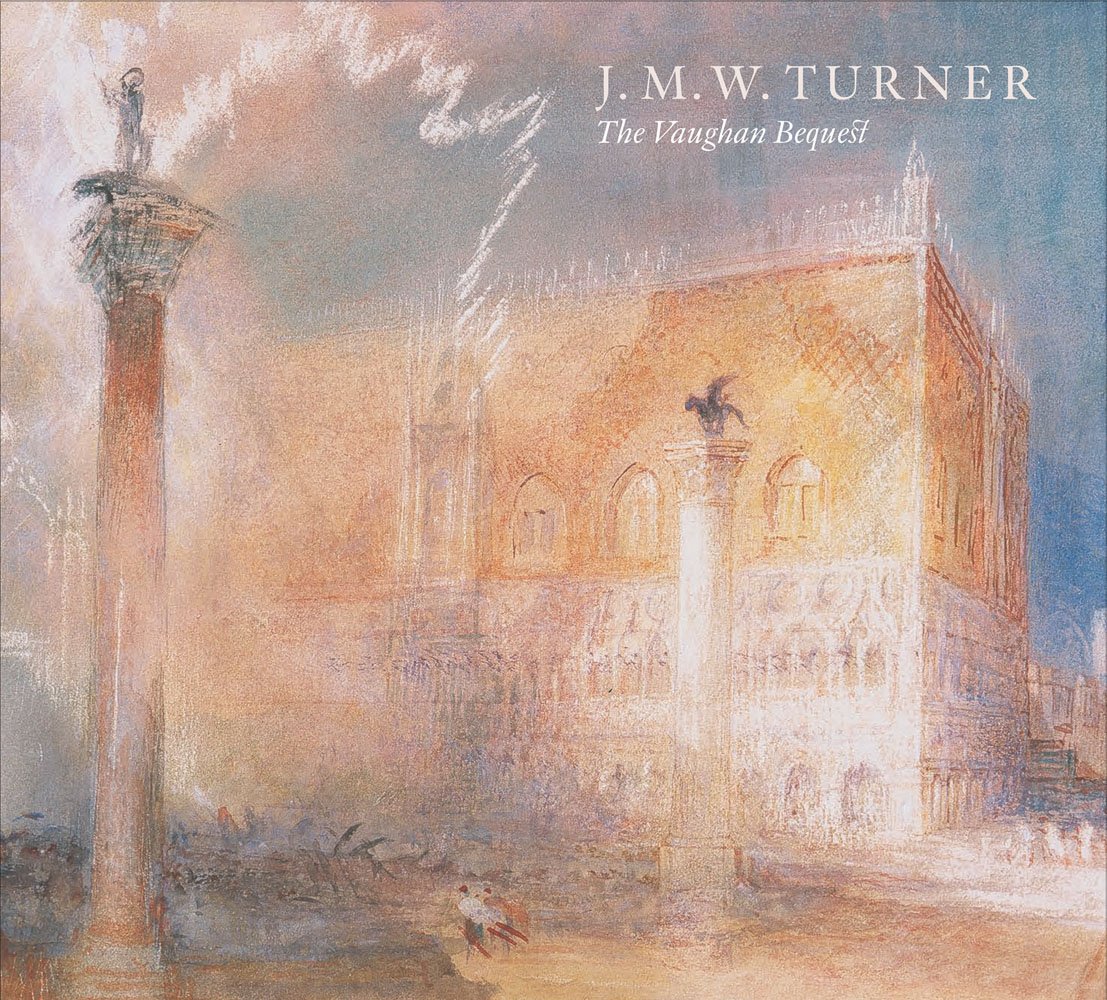His rich and diverse collection ranged from medieval stained glass to paintings and drawings by his contemporaries. The most important early works he acquired were drawings by Michelangelo, Raphael, Rubens and Rembrandt, which are now in the British Museum. Above all, however, it was eighteenth and nineteenth-century British art that came to dominate his interests. The most famous oil painting Vaughan bought was John Constable’s The Hay-Wain, which he presented to the National Gallery in London.
Vaughan probably met Turner in the 1840s and built a remarkable collection of his drawings and watercolours which spanned the artist’s entire career, and only included works in fine condition. Throughout his life, Turner made many thousands of pencil drawings – often slight studies that would establish the structure of a view or composition. These were then used indoors, either in his London studio, or, for example, in a hotel room in Venice, as the basis for more fully developed watercolours and oil paintings. Many of the thirty-eight watercolours in the Vaughan bequest reveal Turner quickly trying to capture a structure or effect, while others concentrate on colour relationships rather than actual scenery.
Vaughan was probably inspired to bequeath his Turners to public collections by the great critic John Ruskin (1809-1899), who had donated works by the artist to museums. A number of museums and galleries across Britain and Ireland were beneficiaries of Vaughan’s generosity, including the National Galleries of Scotland. Like Ruskin, Vaughan was aware of the importance of conserving watercolours, which easily fade if over-exposed to light. He stipulated that measures should be taken to preserve his bequest in its fresh and brilliant condition. In his will, he stipulated that the watercolours be ‘exhibited to the public all at one time free of charge during the month of January’. At all other times they were to be kept in a special cabinet in the Print Room.
